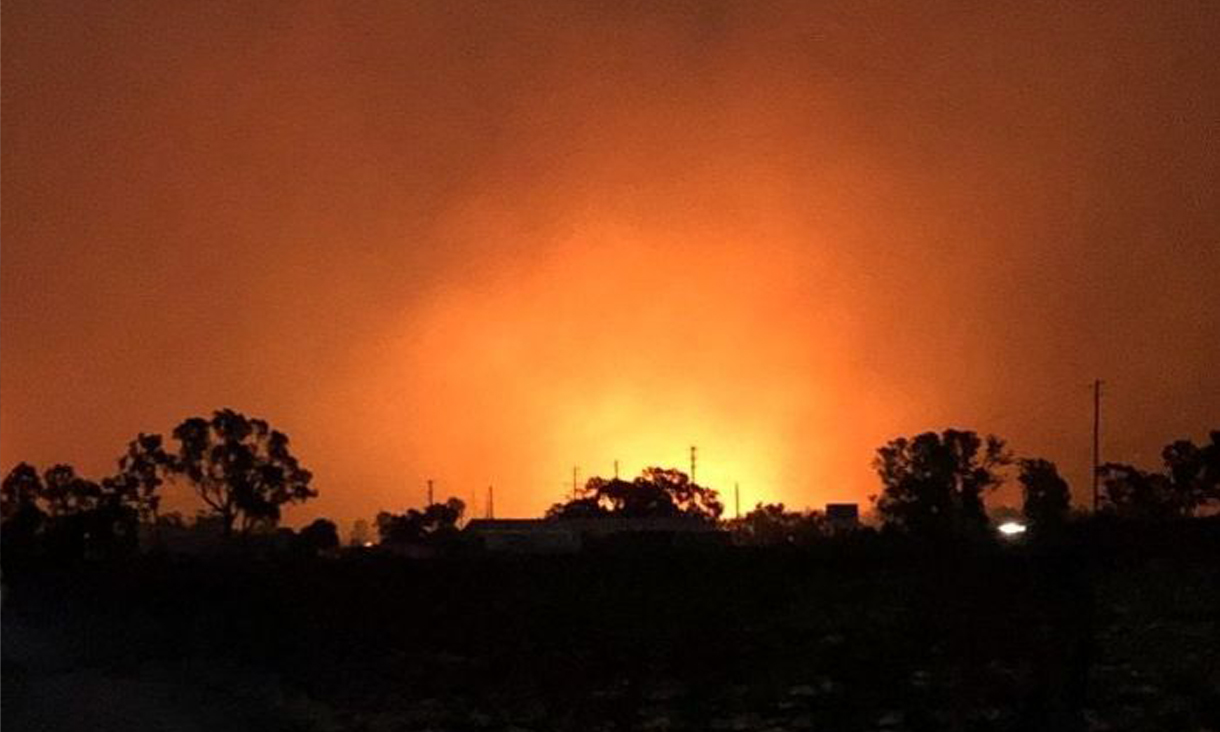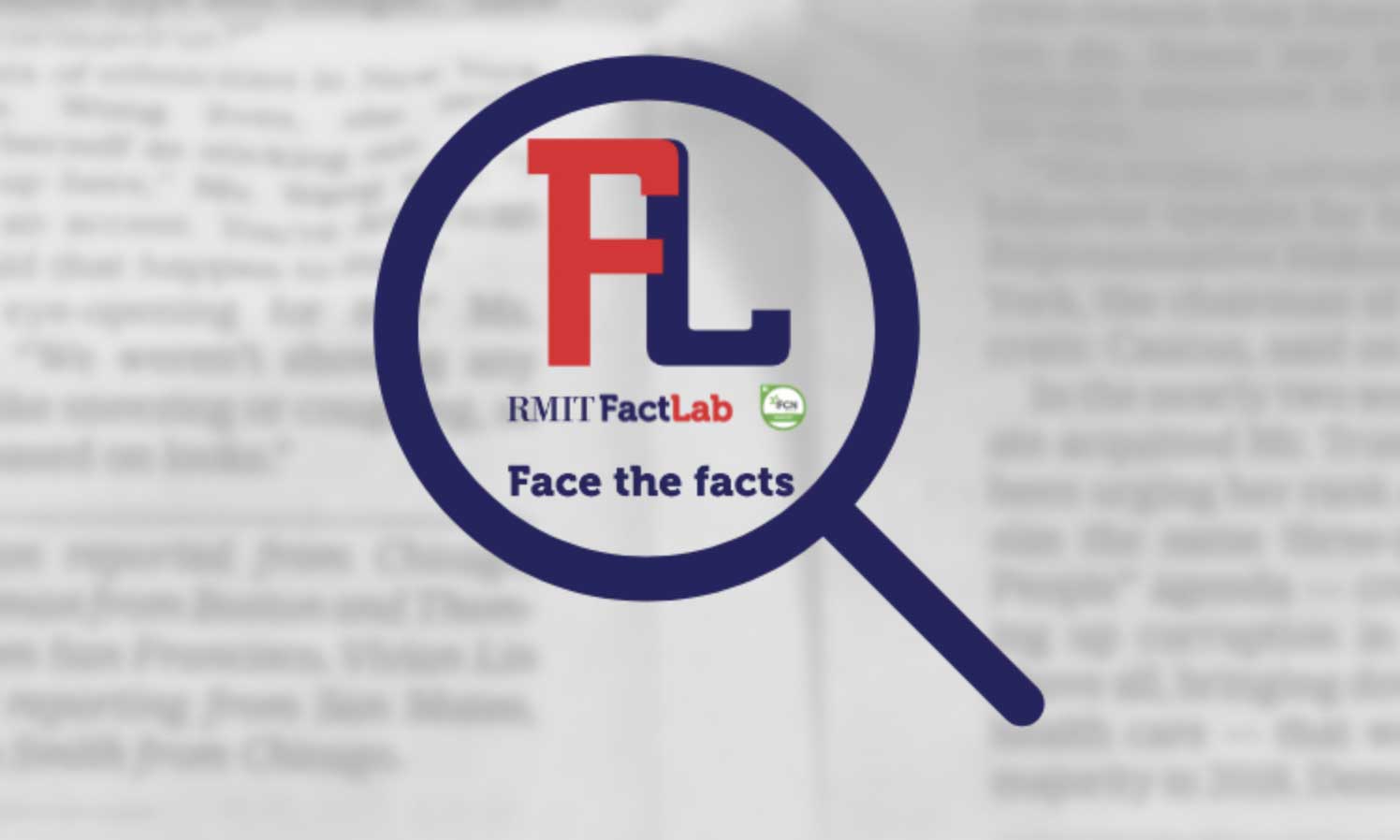On September 6, Maranoa Warrego, Darling Downs and Port Curtis recorded higher average FFDI values than at any time in those districts in any June, July, August or early September back to 1950.
In Maranoa Warrego and Darling Downs, the FFDIs recorded on September 6 were the two highest recorded between June 1 and September 8 of any year in any district.
But in the district of Moreton, stretching along the coast from the NSW border to the north of Brisbane, higher values than were recorded in early September were recorded in August 1991 and August 2004.
How do we measure fire danger?
In the 1950s and 1960s, a fire scientist named Alan McArthur devised a way to forecast the potential danger posed by bushfires in forested areas of Australia.
In the McArthur Forest Fire Danger Meter, first seen in operation in 1967, Mr McArthur combined measurements of air temperature, relative humidity, wind speed and fuel conditions with a formula to account for the effect of drought.
The drought formula considers how long it has been since it last rained and the amount of the last rainfall to assess how dry or moist the soil is, and therefore how combustible the fuel is likely to be. The fuel is the bark, leaves, and small branches accumulating in the landscape.
Mr McArthur used the measurements to create a Forest Fire Danger Index from one to 100, in which one represented the lowest risk and 100 the highest.
The meter is used by the Bureau of Meteorology and rural fire authorities in forecasting the likelihood and potential severity of bushfires.
What are fire danger ratings?
Mr Sturgess spoke of "fire danger indices, fire danger ratings".
The danger ratings are published on signs by the side of the road as well as the news media.
The bureau develops the danger ratings in consultation with state fire authorities. Other risk factors may be considered when determining a fire danger rating, but the Forest Fire Danger Index is a major factor.
When the index was introduced, the range of 1 to 100 was translated into five danger ratings: Low; Moderate; High; Very High; and Extreme.









